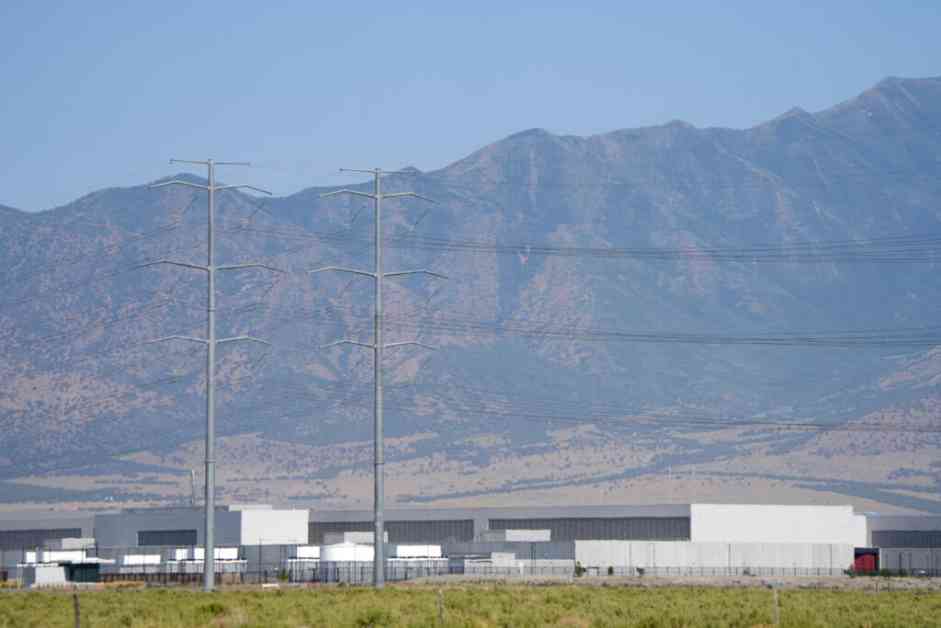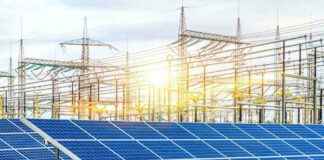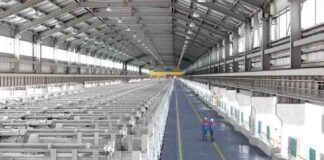The U.S. electricity grid is on the cusp of a remarkable transformation, poised to meet the escalating demands from the burgeoning artificial intelligence industry with a strategic pivot towards flexibility. A recent analysis has shed light on how this shift in approach could not only address the need for increased power supply but also alleviate the necessity for constructing new power plants, marking a significant milestone in the evolution of our energy infrastructure.
Tyler Norris, a distinguished fellow at the Nicholas School of the Environment at Duke University, is at the helm of this groundbreaking report, titled “Rethinking Load Growth: Assessing the Potential for Integration of Large Flexible Loads in U.S. Power Systems.” This comprehensive study, issued by Duke’s Nicholas Institute for Energy, Environment & Sustainability, underscores the pivotal role that flexibility can play in reshaping the landscape of the nation’s electricity grid.
Unlocking the Power of Flexibility
At the core of this innovative approach lies the concept of flexibility, where grid operators collaborate closely with major consumers to curtail electricity consumption during peak demand periods effectively. By orchestrating short-term reductions in usage when the grid faces strain, both parties can navigate the complexities of supply and demand dynamics with finesse, ultimately optimizing the existing resources to accommodate the soaring energy requirements.
The implications of this paradigm shift are nothing short of transformative. The report projects that the U.S. could accommodate an additional 76 gigawatts of electricity demand—equivalent to approximately 10% of the nation’s peak demand—by harnessing the latent flexibility within the grid infrastructure. This newfound agility would empower large consumers to scale back their operations for a mere 0.25% of their active time, triggering a cascade of cost savings and environmental benefits.
During these brief intervals of adjustment, major consumers can seamlessly transition to alternate power sources, relocate computing tasks to offsite facilities, or momentarily pause operations to alleviate the strain on the grid. These tactical maneuvers, lasting less than two hours on average, can significantly reduce the financial burden of constructing new power plants, ushering in an era of sustainable growth and operational efficiency.
Pioneering a Greener, Smarter Grid
As the specter of escalating electricity demand looms large, the urgency to transform our grid infrastructure into a resilient, adaptive system has never been more pressing. Costa Samaras, Director of the Scott Institute for Energy Innovation at Carnegie Mellon University, emphasizes the imperative of transitioning towards a more efficient and responsive electricity grid that can accommodate the evolving energy landscape.
Drawing from the insights of the Duke report, Samaras underscores the crucial role of flexibility in steering the grid towards a sustainable future. By recalibrating the demand side of the equation, stakeholders can navigate the twin imperatives of meeting escalating energy needs while curbing emissions and ensuring affordability for all consumers. The strategic integration of flexibility emerges as a linchpin in this multifaceted endeavor, offering a pragmatic pathway towards achieving these overarching goals.
As the debate around managing electricity demand gains traction, the spotlight is increasingly focused on efficiency and adaptability as the cornerstones of a resilient grid infrastructure. The nascent concept of demand response, which entails consumers voluntarily curtailing their energy usage during peak periods, is now being extended to the realm of AI data centers, signaling a watershed moment in energy management strategies.
In conclusion, the fusion of innovation and collaboration holds the key to unlocking the transformative potential of our electricity grid, paving the way for a sustainable, responsive system that can meet the needs of the future. As we embark on this journey towards a greener, smarter grid, the imperative of flexibility emerges as a beacon of hope, guiding us towards a future where energy efficiency, environmental stewardship, and economic sustainability converge harmoniously.
Donations from readers like you fund every aspect of what we do. If you don’t already, will you support our ongoing work, our reporting on the biggest crisis facing our planet, and help us reach even more readers in more places? Please take a moment to make a tax-deductible donation. Every one of them makes a difference. Thank you.














